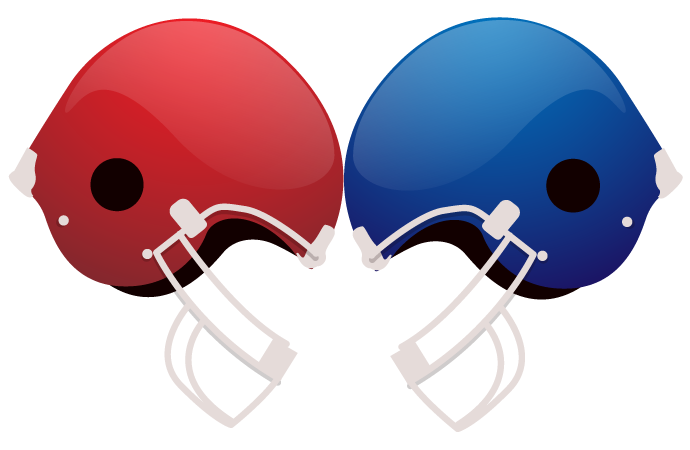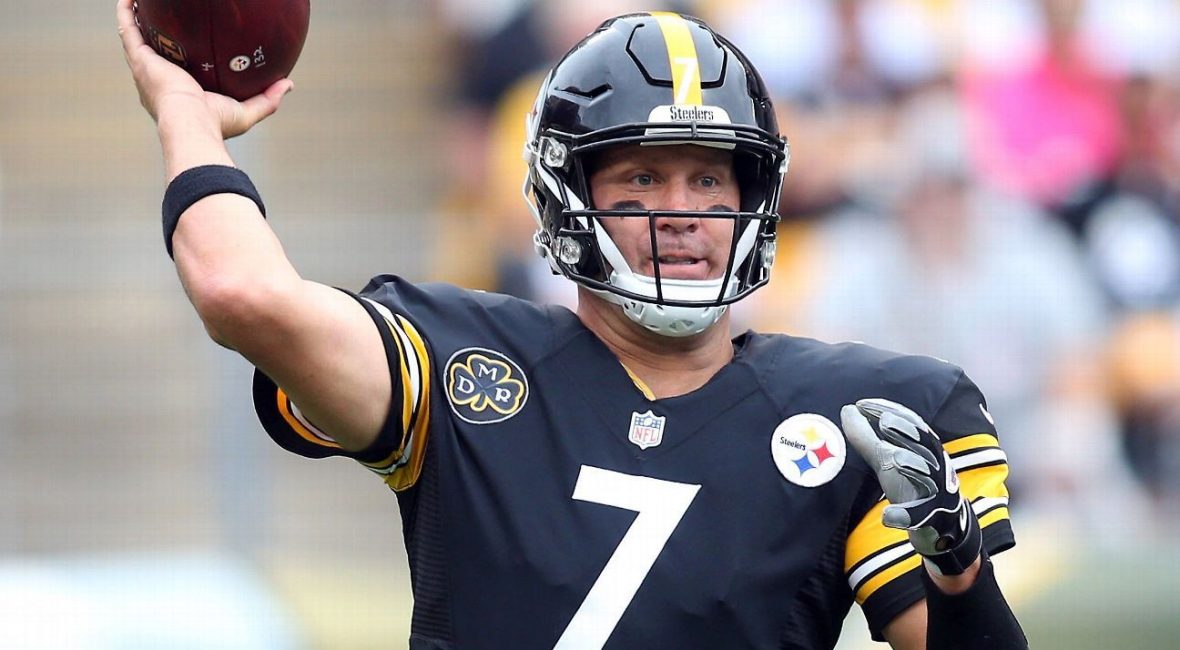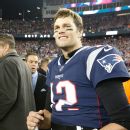New England Patriots quarterback Tom Brady confirmed his plans to play in 2018 and repeated his goal to extend his career into his mid-40s during an appearance Monday at the Milken Institute Global Conference in California, while detailing why he’s taking a different approach this offseason, staying away from the team’s voluntary offseason program.
“Part of this offseason for me is certainly about still preparing for what’s ahead in my next journey, my next mountain to climb with this group of teammates, but it’s also [acknowledging] that a lot of people are getting the short end of the stick in my life — certainly my wife and my kids,” Brady said in an hourlong conversation with moderator Jim Gray.
“Football is year-round for me. It’s a lot of thought, a lot of energy and emotion put into it, but I need to invest in them, too. My kids are 10, 8 and 5. They’re not getting younger, so I need to take time so I can be available to them, too. … I’ve really spent the last two or three months doing those things, and I think I’m really trying to fill my tank up so that when I do go back, I can go back and I think I’ll actually be, in my mind, a better player, a better teammate, because I’ll be really rejuvenated.”
As for why he plans to keep playing, Brady said, “I have personal goals. I want to keep playing. I’ve said for a long time I want to play to my mid-40s. I was told three years, when I was 36-37, ‘You can’t keep playing; no one wins Super Bowls [at that age].’ It’s a great challenge for me. I think I’ve been challenged my whole life. I feel like I can do it.”
In talking about extending his career, the 40-year-old Brady noted how his routine has evolved over time, and that he feels he can keep playing because he loves the game, is willing to make the commitment, and believes in his plan.
“I have a great system in place that works well for me in order to keep me performing at my highest level,” he said, referring to the TB12 Training Method which he called “part of the second career of my life.”
“What I want to do in the meantime is I want to inspire people through my action. Not tell them what to do, but just show it,” he said.
In the final episode of Brady’s docuseries “Tom vs. Time”, Brady’s wife, Gisele Bundchen, said she wanted Brady to feel happy and appreciated, a topic that came up during Brady’s conversation at the Milken Institute Global Conference.
Asked if he was happy, Brady said, “I have my moments.”
Asked if he is happy with the people he works with and for, Brady said, “Yeah. I would say absolutely. And in general, I’m a very happy person. I’m a very positive person. It’s just my personality, I always look at things as the glass is half full. I think there are different times; when you’ve been on the same team for a long time, you have relationships for a long time, they ebb and flow like every relationship. But there are no people I’d rather play for or be committed to than the team I’ve been with for a long time, and really the fans and the community.”
Asked if he feels appreciated by coach Bill Belichick and owner Robert Kraft, and if they have the appropriate gratitude for what he has achieved, Brady said, “I plead the fifth!”
That sparked laughter from the crowd.
“Man, that is a tough question,” Brady continued. “I think everybody in general wants to be appreciated more in their professional life, but there’s a lot of people that appreciate me way more than I ever thought was possible as part of my life. You have different influences in your life and the people I work with, they’re trying to get the best out of me. So they’re trying to treat me in the way they feel is going to get the best out of me, and I’ve got to get the best out of myself.
“I think what I’m learning, as you get older, it comes from within — the joy, the happiness, those things come from inside. To seek that from others, to seek that from outside influences, people you work with, people that cheer against you or cheer with you, I feel like it comes from within for me. So I’m trying to build up what’s within me, so that I can be the best for me, so that I can be the best for other people. That’s part of growing. I’m learning these things, too.”
Of his connection with Belichick, he said, “We’ve had a great relationship, a very respectful relationship for a long time. I feel like he’s the best coach in the history of the NFL. He has a management style [with] players, and he would say, ‘Look, I’m not the easiest coach to play for.’ I agree. He’s not the easiest coach to play for.
“But he’s the best for me. I think what he’s proven is that whatever talent he has, he maximizes his talent. What more could you ask of a coach than that? That’s what I want as a player. … He’s been an incredible coach, he’s been an incredible mentor to me. He’s taught me so much football. To be a 22-year-old kid and come and learn from him, I wouldn’t be sitting here without his coaching. I wouldn’t have the success without how incredibly talented he was, along with a lot of the other coaches, a lot of the other players, a lot of the other people in the organization. Because it takes everybody to do it.”









